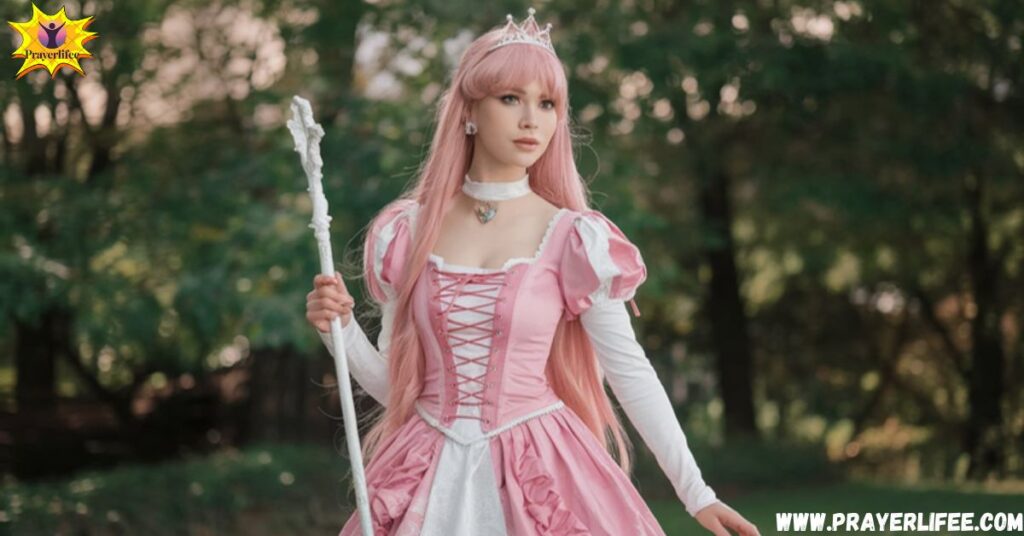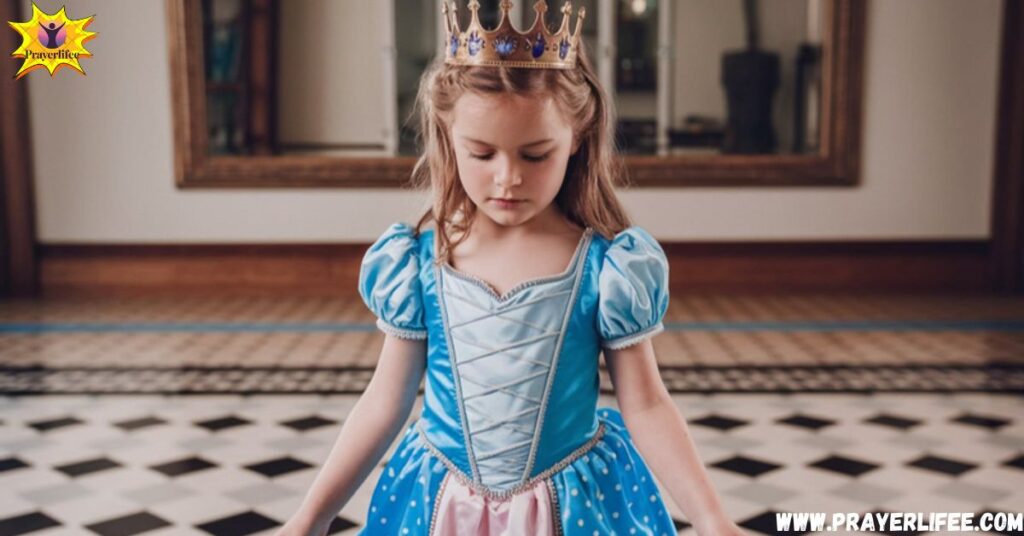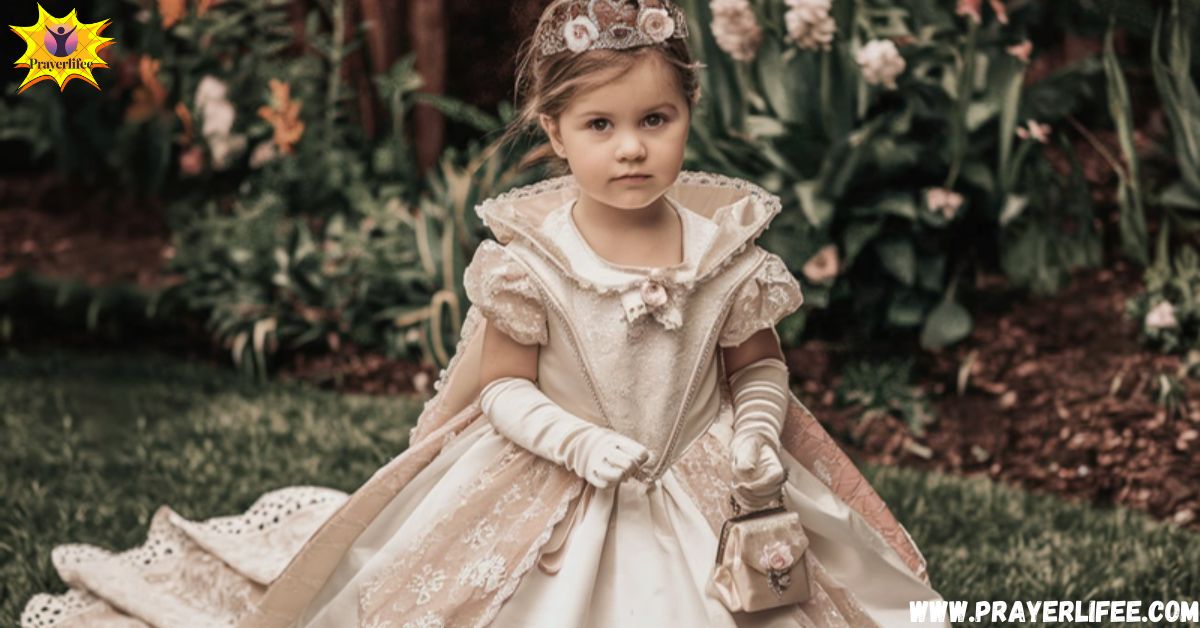Understanding “Princess’ or Princess’s” refers to how we show possession in English with singular and plural nouns. The confusion often comes with words ending in “s,” like “princess.” Should it be “princess’” or “princess’s”? This guide will clarify that for you.
Do you often get stuck choosing between “Princess’” and “Princess’s”? You’re not alone! Many people find apostrophe usage tricky, especially when dealing with proper nouns that end in “s.” Let’s dive into the rules that can help you get it right every time.
The correct use of “Princess’ or Princess’s” depends on the style guide you follow. In general, for a singular noun like “princess,” you can either add just an apostrophe or both an apostrophe and “s.” Understanding this rule will make your writing clearer and more professional.
Singular and Plural Forms: A Refresher

Before diving into possessive forms, it’s essential to first understand singular and plural noun forms. A singular noun refers to one person, place, thing, or idea, while a plural noun refers to more than one. For example, “princess” is a singular noun and refers to one individual. On the other hand, the plural form of princess is princesses, meaning more than one princess.
This understanding is crucial because it serves as the foundation for applying possessive apostrophe rules. A singular possessive indicates ownership by one, while a plural possessive indicates ownership by multiple. Knowing how to form both types of possessives correctly will allow you to express ownership without causing confusion.
Singular Form
A singular noun like “princess” refers to just one person or thing. For example, if you’re talking about the crown belonging to one princess, you would say, “The princess’s crown.” The addition of ’s at the end of “princess” shows possession, meaning the crown belongs to the princess.
Plural Form
When talking about more than one princess, the word changes from princess to princesses. For example, “The princesses attended the grand ball.” This sentence talks about more than one princess attending the event. Understanding how to use plural forms properly is key when you start applying possessive forms.
Understanding Possessive Forms
Possessive forms are used to show ownership or association. To show possession in English, we typically add an apostrophe (and sometimes an “s”) to a noun. The placement of the apostrophe is crucial in differentiating between singular and plural possessive forms.
Singular Possessive Form
When dealing with singular possessive forms, like “princess,” the rule is simple: add an apostrophe + s at the end of the noun. So, when referring to something that belongs to one princess, you would say, “The princess’s gown was sparkling.” This shows that the gown belongs to one princess.
Different English style guides sometimes have different rules for apostrophe usage. For example, Chicago Style possessive rules require adding an apostrophe + s even for words ending in “s,” while the AP style possessive allows dropping the final “s” after the apostrophe. This results in “The princess’ gown” following the AP style.
Plural Possessive Form
For plural possessive forms, the rule changes slightly. When the plural form of the noun already ends in “s,” you simply add an apostrophe after the final “s.” For instance, “The princesses’ gowns were dazzling.” This shows that multiple princesses own the gowns. If a plural noun doesn’t end in “s” (like “children”), you would add ’s to indicate possession, as in “The children’s playground.”
Why the Apostrophe Placement Matters
The apostrophe placement rules are essential because they directly impact the meaning of a sentence. For example, “The princess’s tiara” refers to one princess’s tiara, while “The princesses’ tiaras” refers to the tiaras of multiple princesses. A simple error in apostrophe placement can confuse your audience and hinder writing clarity.
The correct possessive apostrophe helps you communicate clearly and professionally, which is especially important in formal writing or business communication.
Read More: Totalling or Totaling: Which Spelling to Use?
Common Confusion: Understanding “Princess’ or Princess’s?”

One of the most common areas of confusion in English grammar is deciding whether to use “Princess’” or “Princess’s” when forming a possessive. The rules for apostrophe usage differ between American and British English and across different style guides. However, most experts agree that when a singular noun ends in “s,” the possessive form typically requires adding ’s.
The Rule
The general rule for singular possessives is to add ’s. So, “The princess’s gown” is correct when referring to a gown belonging to one princess. However, some English style guides, like the AP style possessive, may allow the use of just an apostrophe after the “s” for proper nouns ending in “s,” such as “The princess’ gown.” For consistency, it’s important to choose one style and follow it throughout your writing.
Breaking Down the Misconceptions
The confusion around “Princess’ or Princess’s” typically arises because both forms are technically correct depending on the style guide being followed. However, for clarity and consistency, it’s best to stick to one rule. If you’re unsure, it’s safe to follow the Chicago Manual of Style, which recommends always adding ’s to singular possessives, regardless of whether the noun ends in “s.”
Examples of Possessive Forms in Context
To understand how these possessive forms work in real-life contexts, let’s consider some examples. Here’s how you would use singular and plural possessives in everyday sentences.
Singular Possessive in Everyday Use
For instance, if you were telling a story about a princess and her belongings, you would write:
“The princess’s crown was sparkling in the sunlight.” This clearly shows that the crown belongs to one princess.
Plural Possessive in Everyday Use
On the other hand, if you’re talking about more than one princess, you would write:
“The princesses’ gowns were beautifully adorned with jewels.” This indicates that multiple princesses own the gowns.
Quick Reference Table: Singular vs. Plural Possessive Forms
| Noun | Possessive Form | Example |
| Princess | Princess’s | “The princess’s gown was sparkling.” |
| Princesses | Princesses’ | “The princesses’ gowns were dazzling.” |
Real-Life Applications
Correctly applying possessive nouns in real-world scenarios, such as email communication and social media posts, can significantly enhance your writing professionalism.
Email Communication
In formal emails, especially when addressing professional or official matters, using possessive forms correctly is essential.
For example, a singular possessive email might read: “The princess’s visit to the gala is confirmed.” This shows that the visit belongs to one princess.
Alternatively, a plural possessive example would be: “The princesses’ schedule is packed with engagements this month.” This indicates that the schedule belongs to multiple princesses.
Social Media Posts
On social media, where posts are often brief, clarity is key. Here’s how to use possessives:
“The princess’s speech was inspiring.” (Singular possessive)
“The princesses’ charity work is making a difference.” (Plural possessive)
Common Mistakes to Avoid Understanding “Princess’ or Princess’s?”
One of the most frequent mistakes writers make is failing to place the apostrophe correctly, which leads to grammar mistakes. For instance, omitting the apostrophe altogether or confusing singular and plural possessives can confuse your readers and lower the quality of your writing.
Here’s an example of a common mistake:
Incorrect: “The princesss crown was beautiful.”
Correct: “The princess’s crown was beautiful.”
By carefully following the rules for apostrophe placement, you can avoid such mistakes and ensure your writing remains clear and professional.
Why Grammar Matters: Clarity and Precision

Good grammar is not just about following rules—it’s about ensuring your message is clear. Using the correct possessive apostrophe in sentences like “The princess’s gown was shining brightly” versus “The princesses’ gowns were shining brightly” can make a big difference in how easily your readers understand your message.
When you use proper grammar, you show that you care about your writing and your audience. This attention to detail helps make your writing professional and effective.
Professionalism in Writing
Using the right possessive apostrophe helps maintain a level of professionalism in your writing. Whether you’re sending emails, writing reports, or posting on social media, clear grammar makes your communication look polished and trustworthy. Misplacing apostrophes or using the wrong possessive form can make your writing appear careless and unprofessional.
Style Guide Comparisons
Different English style guides have varying rules for apostrophe usage, which is why it’s important to be familiar with the one you’re following.
- Chicago Manual of Style: Always add ’s for singular possessives, including words that end in “s” (e.g., princess’s).
- AP Style: For singular possessives of proper nouns ending in “s,” just use the apostrophe (e.g., princess’).
By understanding these differences and applying them consistently, you’ll be able to improve your writing clarity and follow the right guidelines for your audience.
Tips for Mastering Possessive Grammar
To master possessive grammar, practice is key. Write sentences like “The princess’s tiara was sparkling” and “The princesses’ gowns were impressive” to help you get used to applying the rules.
You can also use grammar tools for possessive forms like Grammarly to catch errors before you publish your work. Keeping a personal reference sheet for possessive rules can also be helpful.
Conclusion: Mastering “Princess’ or Princess’s”
Understanding when to use “Princess’ or Princess’s” boils down to knowing the difference between singular and plural possessive forms and applying the apostrophe rules correctly. By following the grammar rules for possessives and choosing a style guide to follow, you can avoid common grammar mistakes and ensure your writing is both clear and professional.
By mastering these simple rules for possessive nouns, you’ll be able to write with confidence and accuracy, whether addressing one princess or a whole group.

